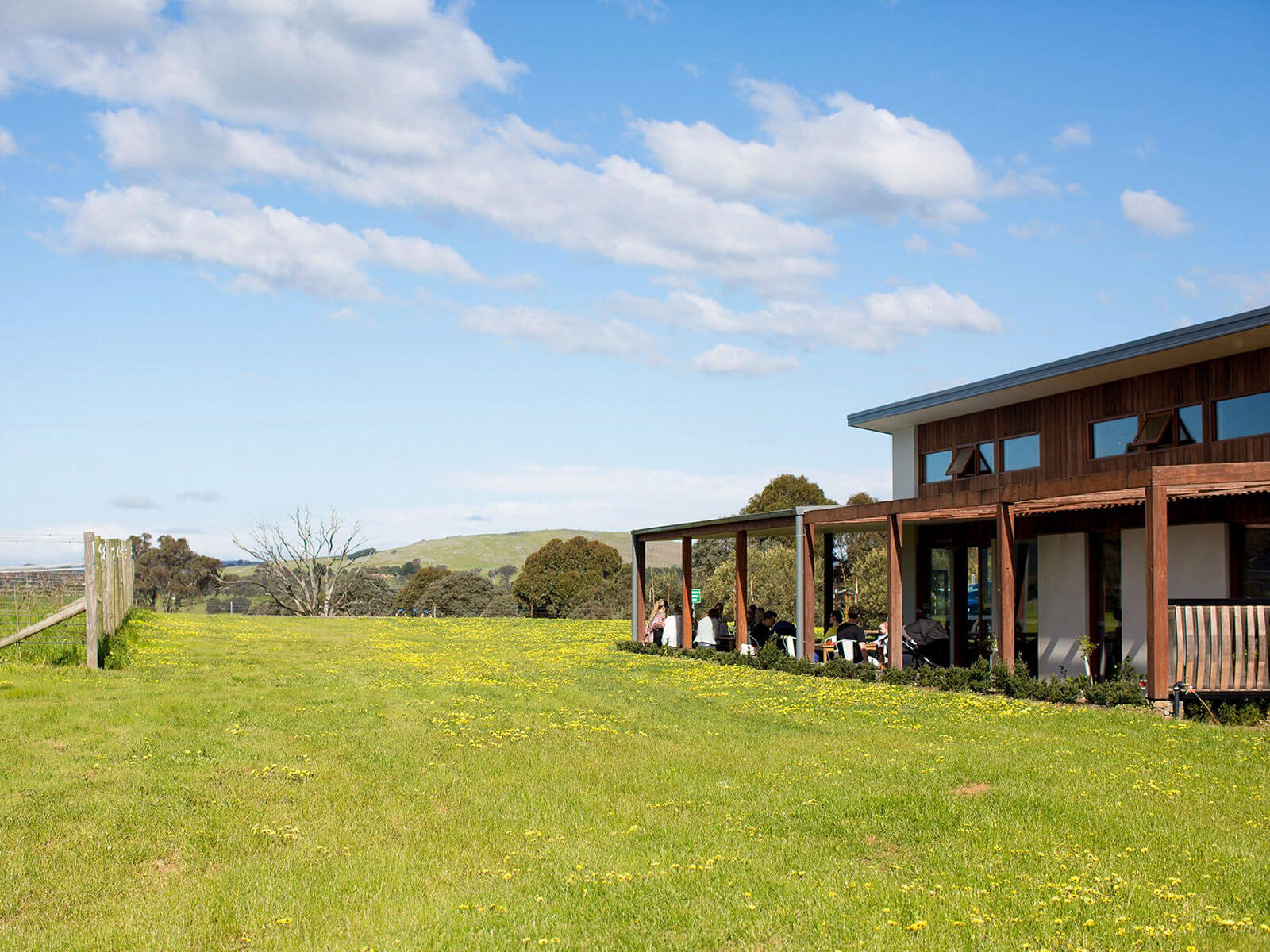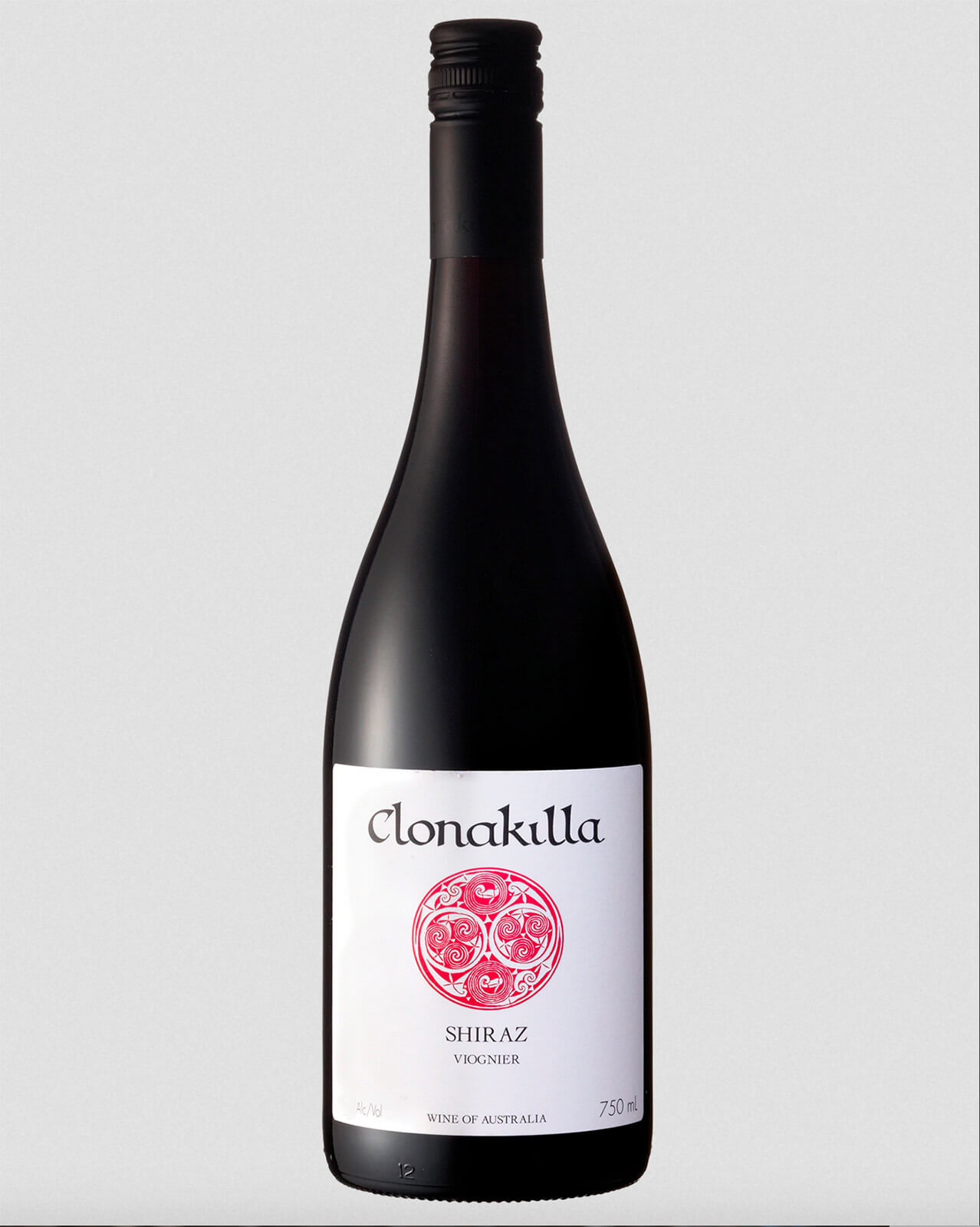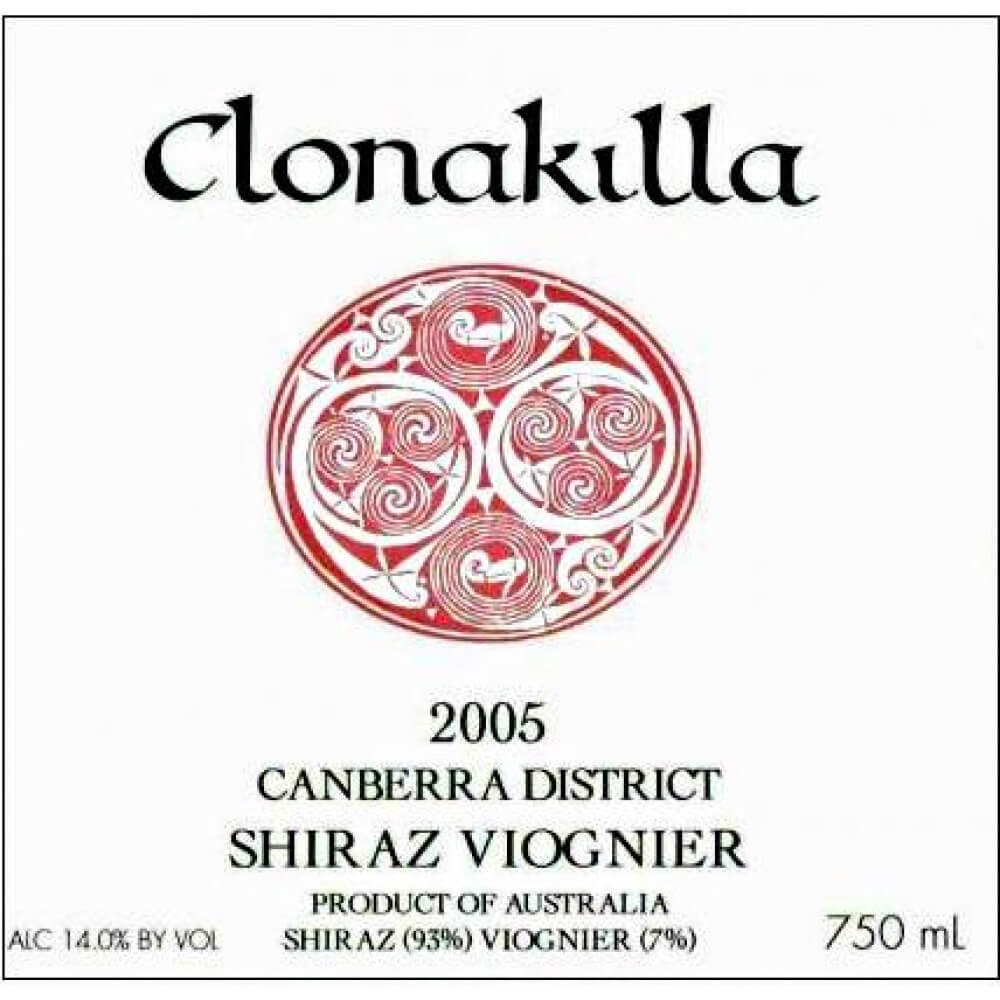by Ken Gargett
The top six Aussie reds?
I’m sure that Penfolds Grange and Henschke Hill of Grace would be automatic selections for most of us. Given that it is only fair to insist on a successful track record as part of the essential criteria for such a list, I think we can now safely include Bass Philip Reserve Pinot Noir, though such is its rarity (and price) that it tends to be more talked about than tasted.
Cullen’s Diana Madeline Cabernet Sauvignon from Margaret River would be most critics’ pick as our best Cabernet; decades of brilliant wines demand its inclusion. So, too, Brokenwood’s Graveyard Shiraz from the Hunter Valley: wines like the 1986 and 2014 are some of the greatest ever to emerge from that famous region.
The final choice (well, it would be one of my first) is a wine that I think almost every Australian critic would include. Granted, it might be as low key on the wine world’s radar as its maker, but this is a spectacular wine year after year.
Canberra is better known as the capital of Australia (and viewed with ever-increasing suspicion by almost every Australian, most of whom see it as a deadly dull swamp full of despised politicians) than a wine-growing district. Indeed, I suspect that a majority of offshore wine lovers have no idea that wine is even made there. After all, wine and politics should never mix.
For the record, Canberra became the Australian capital when, at the time of Federation (January 1, 1901) neither Sydney nor Melbourne would agree to the other being Australia’s capital, so a strange and inconvenient compromise was reached. Canberra sprang up in the middle of nowhere, equidistant between those two major cities – a decision destined to warm the hearts of the production line of bureaucrats who now populate the place.

Australia’s Clonakilla winery
There are a number of wineries in the district, almost three dozen, along with around 140 vineyards, but one soars head and shoulders over its neighbors: Clonakilla. It is the profound Shiraz Viognier that I believe would be an automatic inclusion on any list of “best Aussie wines.” It is undoubtedly one of our most admired and exquisite reds.
Clonakilla’s origins
The Canberra region averages around 600 meters above sea level, though there is considerable variation. The wide fluctuation in daily temperatures and the much-desired warm days/cool nights enabling retention of natural acidity have been key to its success. It is not uncommon for picking to extend well into May.
Clonakilla is run by the nicest bloke in Australia, Tim Kirk, one of those very rare people who quickly convinces anyone who meets him that the world really is a better place than we think.
Kirk was destined for a life of religion and had every intention of joining the priesthood. He studied theology, and listening to him speak of his wines and his vineyards in his quietly modulated tones it is impossible not to envisage just how inspirational he would have been behind a pulpit. My view is that religion’s loss has been wine’s gain. Taste Kirk’s wines and there is little doubt that your divinity of choice has inflicted no retribution for his decision. They are heavenly!
It was, however, Tim’s father, Dr. John Kirk, an Irish biochemist working in England in the 1960s with experience at both Cambridge and Oxford, who brought Clonakilla into this world. Distant relations had emigrated to Australia more than a century earlier during the gold rushes.
So, in 1968, when a research position became available in the Division of Plant Industry of the CSIRO (Australia’s national scientific and research body), Dr. Kirk packed up his wife and four children and headed to Canberra. At the time there were no vineyards to be found in the district, locals believing winters were far too cold for growing grapes.
Dr. Kirk believed that conditions were in fact ideal for grapes (and who would argue with a biochemist working in plants?). Hence, in 1971 he planted Cabernet Sauvignon and Riesling on a farm at Murrumbateman, a little to the north of Canberra.
The choice of varieties was no surprise. At the time, Cabernet was considered the king of grapes in Australia and Riesling the most prolific, quality white. Chardonnay was almost unknown – the first commercial release of Chardonnay being that very same year.
He did add a few vines of Shiraz, though in those days, and despite Grange, Shiraz was considered as little more than a workhorse variety that might be suitable for fleshing out the regal Cabernet. The famous “Aussie blend” of Cabernet and Shiraz came about largely because there were not sufficient stocks of Cabernet and because makers discovered that Shiraz neatly filled the famous “Cabernet doughnut.”
Otherwise, Shiraz was mostly used in rosé, fortifieds, cask wines, and even muffins.
The name “Clonakilla” was chosen because the Kirks often spent their holidays back in Ireland, in County Clare on the Kirk family farm called Clonakilla.
Dr. Kirk was introduced to wine shortly after World War II when, at the age of just 14, he worked in the family pub, the Hydro Hotel in Lisdoonvarna, County Clare. One of his tasks was to run the cellar.
As a 14-year-old entrusted with such an important position, young John Kirk decided he had better learn something about this stuff called wine, so went and bought “the best book on wine available,” which was one written by Andre Simon. Young John became “a non-drinking, teenage expert.”
It was this interest in wine, and a “a desire to be a farmer” that led to the planting of vines on the Kirks’ property in Australia. He could hardly have known that it would lead to one of the world’s great red wines.

Clonakilla vineyard near Canberra, Australia
The first wines released were from the 1976 vintage, a Riesling and a Cabernet Shiraz blend. It was not until 1990 that the Kirks actually tried their hand at a straight Shiraz, though in such small quantities that it was not even eligible for entry in the Sydney Wine Show.
They did, however, submit it to the Griffith Show, where it won Best Wine of the Show to everyone’s surprise. “And that,” as Dr. Kirk put it when we met some time ago to celebrate several decades of the Shiraz Viognier, “was the end of the Cabernet Shiraz.”
Those who know something of Tim Kirk know of his love for the wines of the Rhône, especially Côte-Rôtie, and his time working there, thereby assuming that it was he who brought Viognier into the fold (in Côte-Rôtie it is permissible to add a little of the white grape Viognier to red Syrah – the European version of Shiraz – which is done for various reasons).
It was Tim’s brother Jeremy who was keen that the family establish a niche in the market. Hence, in 1986 he persuaded his father to plant Viognier. At the time, it was virtually unheard of in Australia (and not that much still remained in the Rhône). They discovered that there was a grand total of two vines at nearby Wagga Wagga – where most Aussie winemakers were trained – and obtained some cuttings.
It was a few years later, in a moment of serendipity, that Tim decided to visit the Rhône Valley to learn more about Shiraz. Talk to Tim and chances are he’ll mention a wine we both consider one of the finest we’ve ever experienced: the magnificent 1990 La Chapelle from Jaboulet. But it was the Côte-Rôtie wines of Guigal with which he was most impressed. Suddenly, those Viognier vines had a reason for being.
Clonakilla and the Shiraz Viognier
Clonakilla’s first Shiraz Viognier (almost, but not quite the first in Australia – that honor goes to Yarra Yering in the Yarra Valley) was made in 1992, and the rest, as they say in the classics, is history.

Clonakilla Shiraz Viognier
Clonakilla immediately established itself as the leading maker of this style and rode that wave as the popularity of the blend exploded. At one stage, it seemed every winery in Australia was keen try its hand at one, a fashion that could have very easily killed off the blend for good in Australia. Most were rubbish.
The problem was that as everyone wanted in on this latest hot thing, many wineries had no idea how best to make this blend, the percentages to use, the concepts of co-fermentation, and more. Some went way over the top, with wines tasting distinctly of apricot juice (pure Viognier has a conspicuous apricot note).
The fashion quickly faded with most returning to straight Shiraz or other blends. Indeed, nowadays, to include “Viognier” on the label of a red wine is considered the marketing kiss of death (Clonakilla is a rare exception). Fortunately, those few that did it well stuck at it, none more impressively than Tim Kirk. A dazzling array of awards and trophies throughout the winery’s history confirm how high it is held in local judges’ estimation.
In the early days, the wine also had a reasonable dollop of Pinot Noir (the 1992 even had a splash of Mataro). Some years ago, I asked Kirk what had happened to the Pinot. His response? “Just to make certain it isn’t possible to make a good one in Canberra, we’ve planted a little more.” We shall see, but it is extremely unlikely it will end up in the flagship wine.
Clonakilla also makes both a Viognier, one of the more refined made in Australia, and a joyous Viognier Nouveau for immediate drinking. It offers several versions of Shiraz aside from the Shiraz Viognier – the “Syrah” is Tim’s take on “pure Shiraz” with extended maceration of between three and four weeks, natural yeasts, everything in a single fermenter, 20 to 22 months in oak, leading to a total production of around 300 cases.
As I mentioned above, Kirk was inspired by the brilliant La Chapelle 1990 and he sees his Syrah as Hermitage, in contrast to the Shiraz Viognier as Côte-Rôtie.
Clonakilla also makes the Hilltops Shiraz (from the Hilltops region of Western NSW) and the O’Riada Shiraz, a spicy style co-fermented with a small amount of Viognier, which honors Sean O’Riada, who died in 1971, Clonakilla’s first year. O’Riada was apparently a famous Irish musician and cousin of Dr. Kirk. Additionally there is a Bordeaux blend called Ballinderry, a Semillon Sauvignon Blanc blend, and the long-lived Riesling.
It is, however, the Shiraz Viognier that has cemented Clonakilla’s position as one of Australia’s finest producers. Tim Kirk “wants to hear what the vineyard has to say.” And this is the wine that does that.
Tasting notes from 20 years of Clonakilla Shiraz Viognier
A few years ago, I had the chance to look over 20 years of these wines, and I have seen most of those since released. Of the older wines, amazingly, the 1992 was still in great condition.
The 1994 was brilliant, a tiny crop, all trodden by Tim Kirk’s own feet, there was a note of stemminess but it was fragrant, layered, complex, and elegant. A few were not holding up so well, but no such concerns over the 1997, stunningly complex with a velvet texture and perfect balance. The 2000 was the next really impressive wine in the lineup, but 2001 was even better. Red fruits and a silky, persistent finish. Wonderful.
The 2004 was stellar, almost plush; the 2006 had darker fruits and serious intensity. Loved it. The 2007 was a tiny crop but one of the very best.

Tim Kirk has described the 2009 as the best he has made. I’m on board with this, though there have been quite a few in recent years that would challenge it and Kirk may also feel that ’09 has been surpassed. But great stuff it is.
Since then, it has been one superb release after another. If you have any bottles of this wine in the cellar from the last decade, you will not be disappointed.
And so we come to the latest release, the 2018. This is a superb addition to the linage. Perhaps not quite as pretty as some, although still with those delightful dark berry, cherry flavors and lifted aromatics.
Unmistakably quality Shiraz Viognier aromas and flavors. The structure here is a wine that is impeccably balanced, has great length, and screams “lock me away in the cellar for a decade!”
It has so much potential. A wonderful alignment of elegance and intensity – not easy to achieve. The tannins are very fine and melt away. It seems to offer a little more concentration than some of the earlier releases. 98. Fabulous stuff.
How easy this wine will be to source around the world in the international markets is hard to know. At around AUD$130, give or take, it is brilliant value. Compare the price with those aforementioned Guigals.
Quantities are inevitably limited. The main wine markets will undoubtedly see some, so do your best with your best local supplier.
It is one of Australia’s great reds.
For more information please visit www.clonakilla.com.au/2018-shiraz-viognier.
You may also enjoy:
Penfolds G3: Making Grange, Already One Of The World’s Greatest Wines, Even Better
Peter Lehmann’s Masterson Shiraz: The Newest ‘Old’ Star Emerging From The Barossa Valley
New Zealand’s Craggy Range Winery And The Revelatory Le Sol Syrah: Tasting Notes Inside
Leave a Reply
Want to join the discussion?Feel free to contribute!





















































Your style is so unique compared to other people I’ve read
stuff from. Thank you for posting when you have the opportunity, Guess I will just book mark this site.
Why don’t you sign up for our newsletter – it comes once a week. That way you can read the fresh stuff at your leisure!
thanks very much for your kind comments. glad you enjoy the pieces. always fun to write.